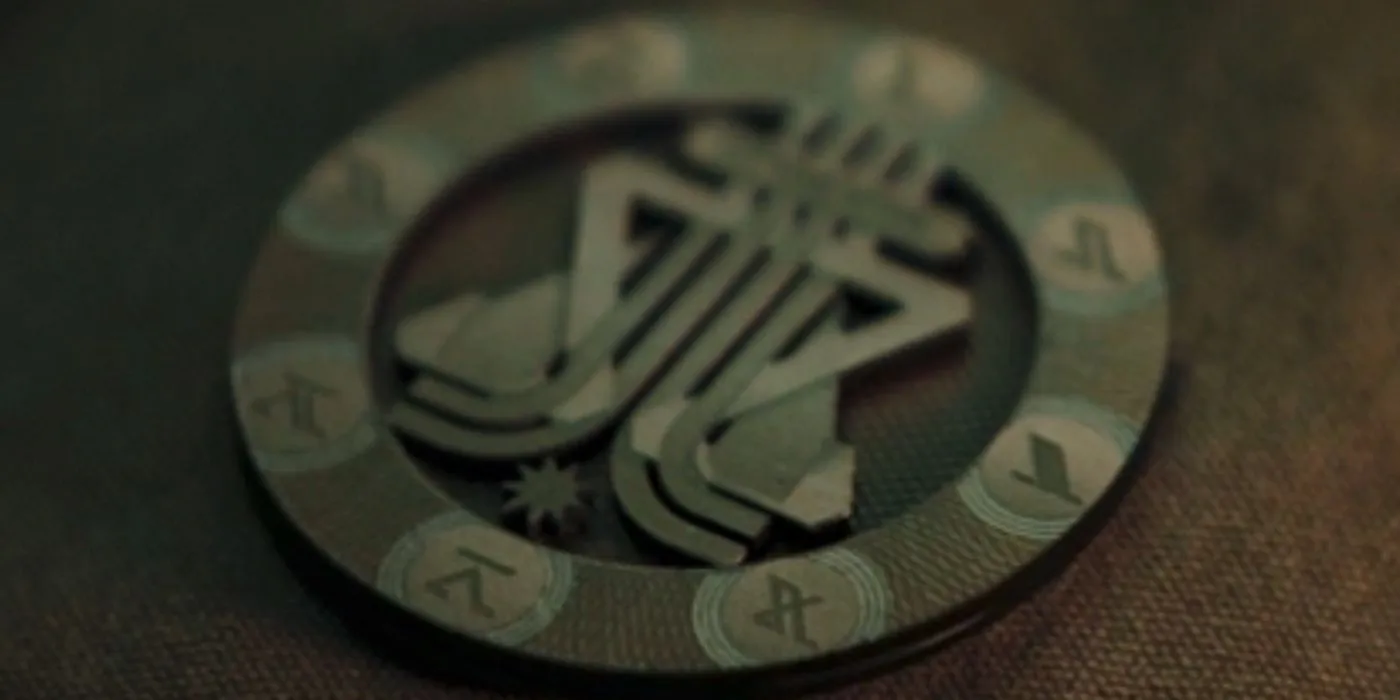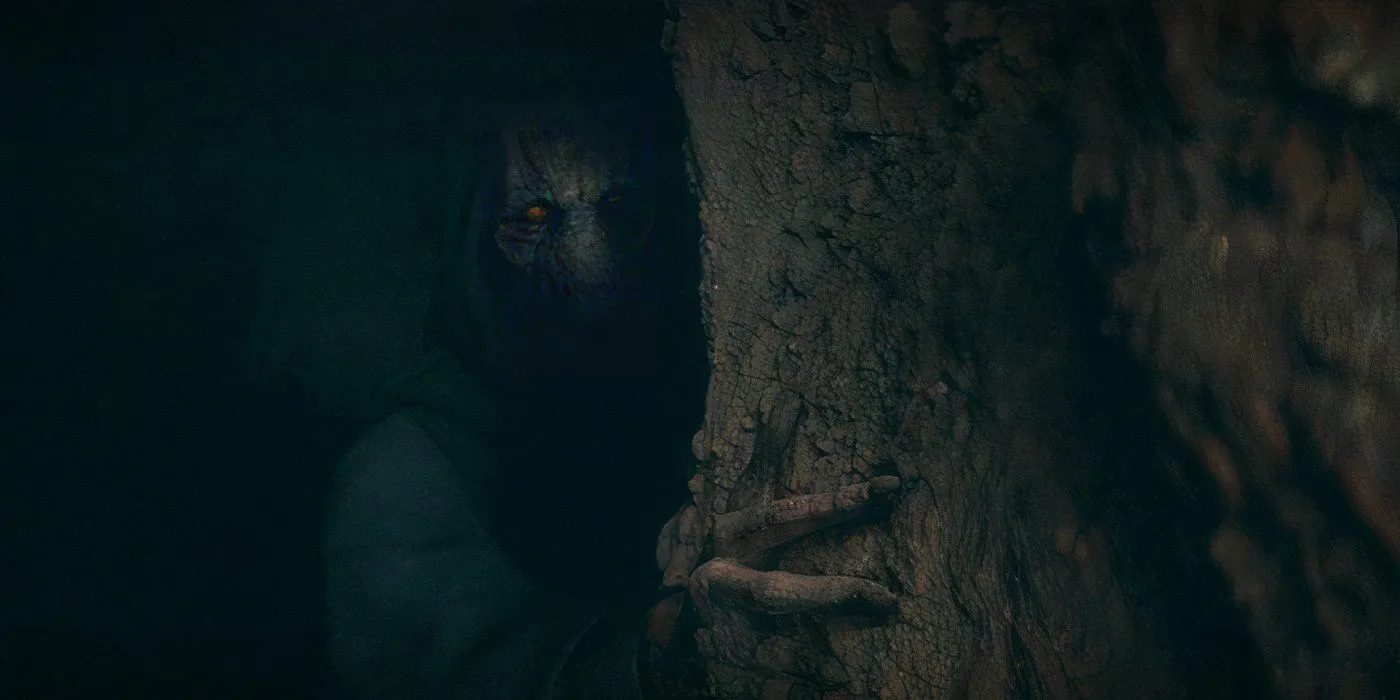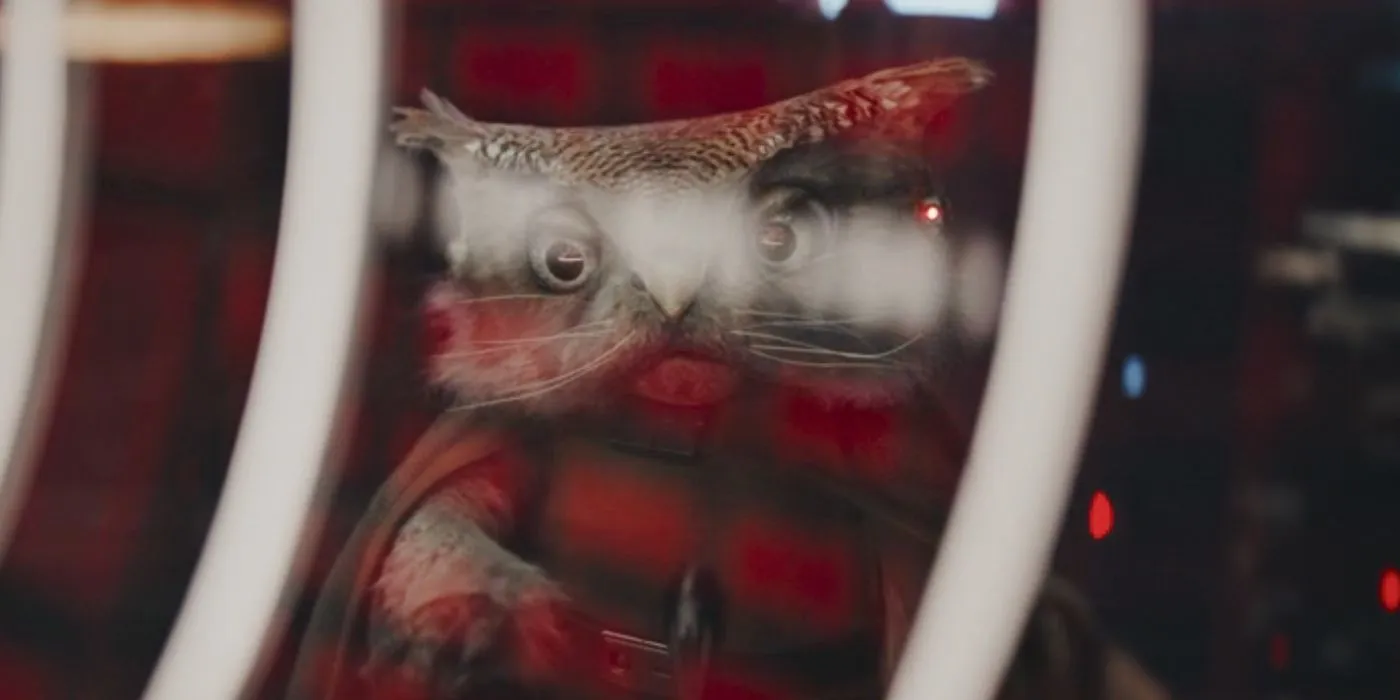
This article contains spoilers for Star Wars: Skeleton Crew episode 3. The enigma surrounding Star Wars: Skeleton Crew‘s fascinating Treasure Planet, At Attin, has deepened significantly following episode 3’s revelations. While initial expectations centered on unraveling the backstory of Jude Law’s character, Jod Na Nawood, viewers quickly learned this was a clever misdirect. The episode unveiled Jude Law as the infamous pirate Crimson Jack, though his connection to the Force remains uncertain. Instead, the narrative spotlight shifts dramatically towards the mysterious At Attin.
At Attin is touted as one of the legendary “Jewels of the Old Republic,”intriguingly noted as the only one still intact today. While Skeleton Crew draws on deep lore from the franchise’s Legends, At Attin introduces a fresh concept that captivates fans’ imaginations. Is this planet a remnant from the High Republic Era or something with greater implications? Episode 3 scattered additional breadcrumbs, pushing viewers to ponder the real mysteries surrounding At Attin.
Initial Thoughts: Was At Attin from the High Republic?
Context from the “Great Work”



Initially, I speculated that At Attin originated during the High Republic Era, approximately two centuries before the Skywalker Saga commenced. This hypothesis gained traction due to a critical piece of evidence: the inhabitants of At Attin are engaged in what they term a “Great Work.”This phrase resonates strongly with those familiar with Star Wars lore, referring to significant projects from Chancellor Lina Soh’s High Republic Era that aimed to effect considerable change across the galaxy.
Historically, some of these Great Works yielded remarkable legacies, like the establishment of a vast communication network that became the foundation for the holonet used during the sequel era. Conversely, others met tragic fates at the hands of the notorious pirate group, the Nihil, one infamous event being the destruction of Starlight Beacon, remembered solely as a cautionary tale by the time of the original trilogy. Thus, the mention of a Great Work occurring on At Attin sent fervent fans into a frenzy, hinting at its ties to a significant historical context.
Hints Suggest At Attin’s More Ancient Origins
Understanding “Proto-Republic”

Episode 3 of Skeleton Crew introduced a tantalizing detail suggesting that At Attin could be even older than previously thought. A new character, Kh’ymm, expressed astonishment upon observing the children’s insignias, declaring she had never encountered “Palmarish numerals on Proto-Republic artifacts“before. While the term “Palmarish”might refer to an unexplored planet, the crux of Kh’ymm’s statement signals that we may need to delve back beyond the High Republic, tracing further into the nascent days of the Republic.
Employing “proto”implies something that predates known history—an early iteration. Kh’ymm’s statement suggests At Attin could date back an astonishing 25,000 years, indicating a potential timeline far beyond our initial assumptions. This exciting prospect raises compelling questions but also introduces a conflict with earlier clues.
A Limitation: At Attin’s Age
Knowledge of the Sith



The origin of the Sith remains one of the most enigmatic tales in Star Wars history, generally accepted as a story that unfolded roughly 5,000 years before the Skywalker Saga. During this period, a faction of fallen Jedi established themselves on Moraband, effectively founding what would become the Sith Order. Notably, characters in Skeleton Crew demonstrate a keen awareness of the Sith, as evident in Wym’s storybook and in their playful lightsaber combat.
Such familiarity implies that At Attin must have been colonized within the last 5,000 years, connecting it firmly to the core of the Old Republic timeline. However, the contradiction arises with Kh’ymm’s reference to “proto-Republic.”This statement prompts us to reconsider the intricacies of the Star Wars timeline; while the Republic’s 25,000-year history may seem like one cohesive narrative, it is, in fact, marked by significant transformations.
Evidence suggests that multiple reformations in the Republic occurred long after the Sith took root. One of the most critical epochs happened around a millennium before the Skywalker saga, following Darth Bane’s defeat. Representing a time believed marked by the extinction of the Sith, this era positioned the Jedi and the Republic to re-emerge as primary galactic forces. Kh’ymm’s “proto-Republic”could easily refer to this transitional period following the Sith’s downfall, illustrating the shifting contexts of the galaxy.
The Fate of Other “Jewels of the Old Republic”
Exploring Their Destruction

Finally, we arrive at the critical notion that all other Jewels of the Old Republic have been lost to history, with At Attin serving as the last known survivor. Obi-Wan Kenobi’s characterization of the Old Republic as a time of peace now casts doubt; it seems overly nostalgic. The implications that a dangerous era effectively obliterated so many remarkable worlds raises unsettling questions about the nature of that period.
While it is unlikely that At Attin was founded during the tumultuous Great Sith Wars, the optimism exuded by Wym and his friends suggests they are confident the Sith have been vanquished. It’s feasible that At Attin’s origins trace back to the Ruusan Reformation, a period following Darth Bane’s death, marked by the Republic’s efforts to stabilize newly reclaimed power amidst threats from brigands.
This brings us back to the “Great Work”reference. If my interpretation holds, then Chancellor Lina Soh may have resurrected a term with ancient roots to promote her High Republic initiatives. It’s plausible to envisage a visionary leader recalling an era of ambitious reformation to encourage belief in the Republic’s ongoing evolution. Therefore, the realm of Star Wars: Skeleton Crew’s mysterious planet could contain layers of historical significance that challenge initial assumptions without contradicting the established lore.




Leave a Reply ▼